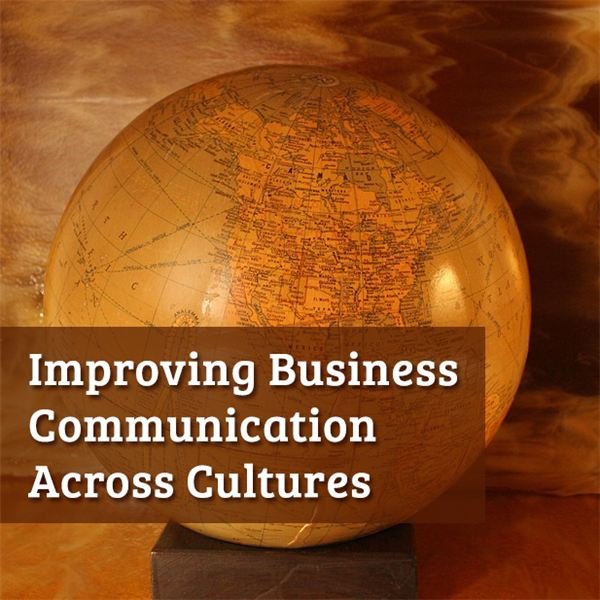Improving Business Communication Across Cultures
With most businesses spreading their wings far and wide into foreign territories, the need to understand how thinking, behavior and communication changes as we travel across the borders, has gained significant importance. Getting to terms with the cultural differences and establishing trust with the global customers and partners are the two strong determinants of how well your business fares in the global arena.
With cultures changing radically every thousand miles, there’s certainly no shortcut to understanding every culture and its communication patterns. So, what is the secret to learning business communication across cultures?
Gearing Up for Different Cultures
Look for Similarities Not Differences
Whenever we approach people from a different culture we’re more mindful of the differences between us, and that’s the biggest deterrent in cross cultural communication. Instead, try looking for similarities and you’ll be able to discover common grounds to communicate. In business, the reason for communication is collaboration for mutual benefit, and for that, finding similarity is far more important than groping differences.
Stereotyping Doesn’t Work
The idea of dealing with people from a different culture makes us feel vulnerable and insecure, and that’s when we begin stereotyping people on the basis of what we’ve heard, read or experienced. Approaching someone with preconceived notions and generalizations builds up negative inferences that hurdle the communication process.
Get a First Hand Experience
Forget what you read about the people from a particular culture in some ten year old publication, because cultures are continuously changing and evolving. The best way to understand people and their culture is to get some first hand experience. Watch some of their latest movies or TV programs that can give you a glimpse of what their culture is like. You can even use social networking platforms to get to know more about their culture and their communication patterns.
Getting Past the Road Blocks
Watch your Pace
When you’re dealing with people from non English speaking countries, you need to speak slowly and clearly. Pause after each sentence, pronounce the words correctly, use simpler words and avoid the use of idioms, slangs, jargon and abbreviations. Keep the dressy stuff out and use these simple techniques to make your communication easier to understand.
Clarify and Cross Question
For business communication across cultures to be successful, you should frequently ask your listeners about whether or not they have understood your point. However, don’t keep on repeatedly asking them ‘have you understood this?’ as this can leave them somewhat uncomfortable, instead try cross questioning to see how well they’ve understood your point. Rephrasing and repeating the important points also helps.
Be Specific yet Detailed
Keep the communication within the specified boundaries, and spell out all the expectations, details and requirements clearly. Keep a limited number of points to be informed or discussed per session, and focus more on detailing them out for increased comprehensibility. If you’re using some specific terminology, you must explain it before you begin with the communication except in the case of written communication where such detailing goes below the actual communication.
Use Multiple Mediums
Whenever possible, you must use more than one medium to communicate the same message. If you’re giving a presentation use visual aids and handout notes, to improve the overall understandability. For a telephonic conversation you can follow it up with an email or vice versa. The idea is to ensure the receiver comprehends the message fully, one way or the other.
Learning the art of business communication is important to gain a competitive edge when you foray into international markets. Besides watching for the points we’ve put up here, you must also read about specific cultural differences and the communication protocols of communities or countries you’re dealing with.
References & Credits:
1. https://www.schulersolutions.com/cross_cultural_communication.html
2. https://www.culturosity.com/articles/Ten%20Strategies%20for%20Effective%20Communication.htm
